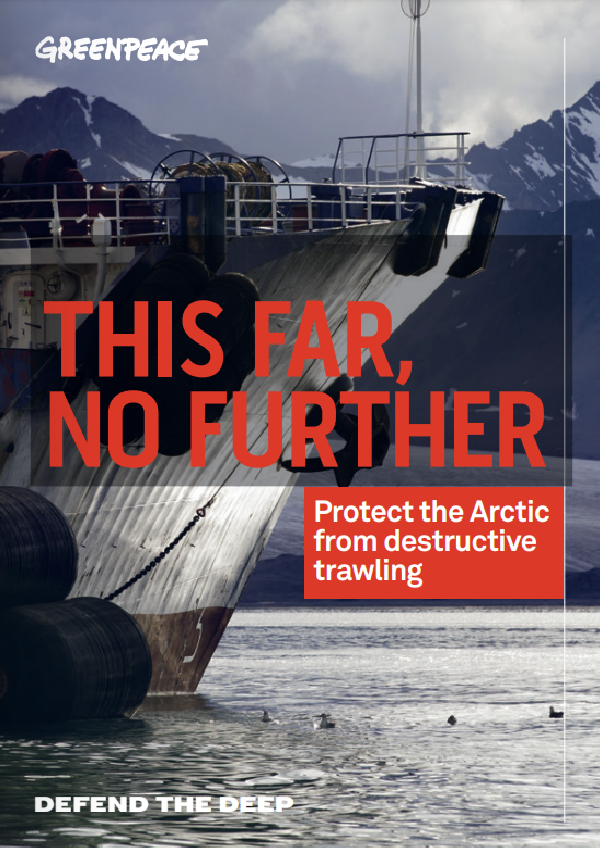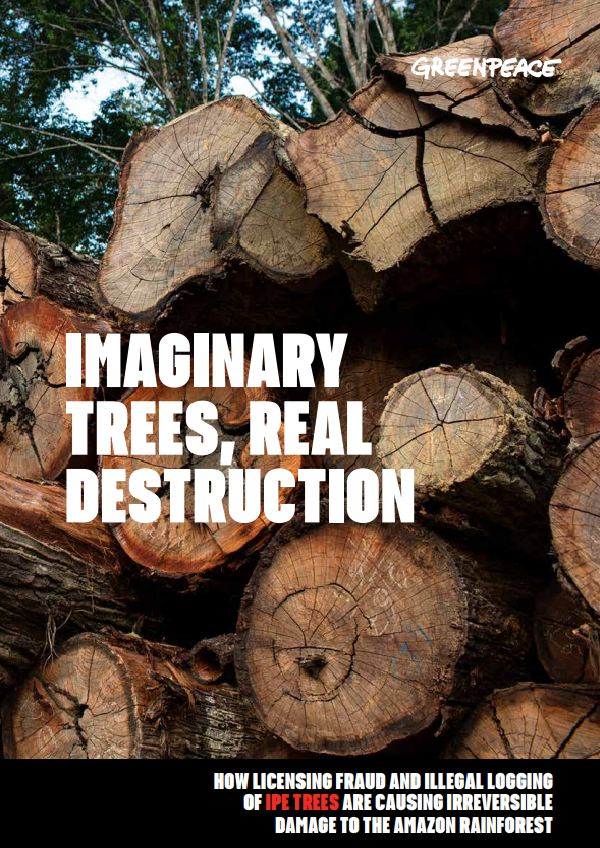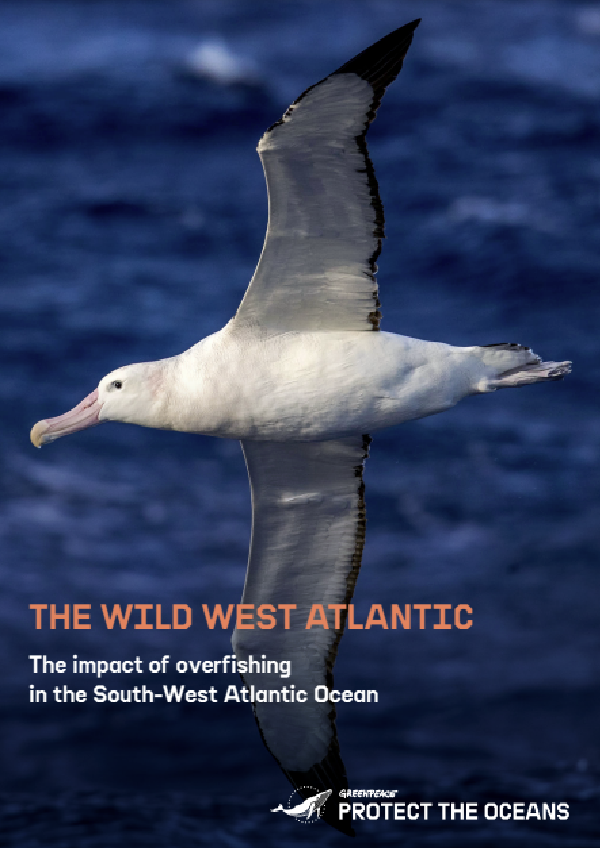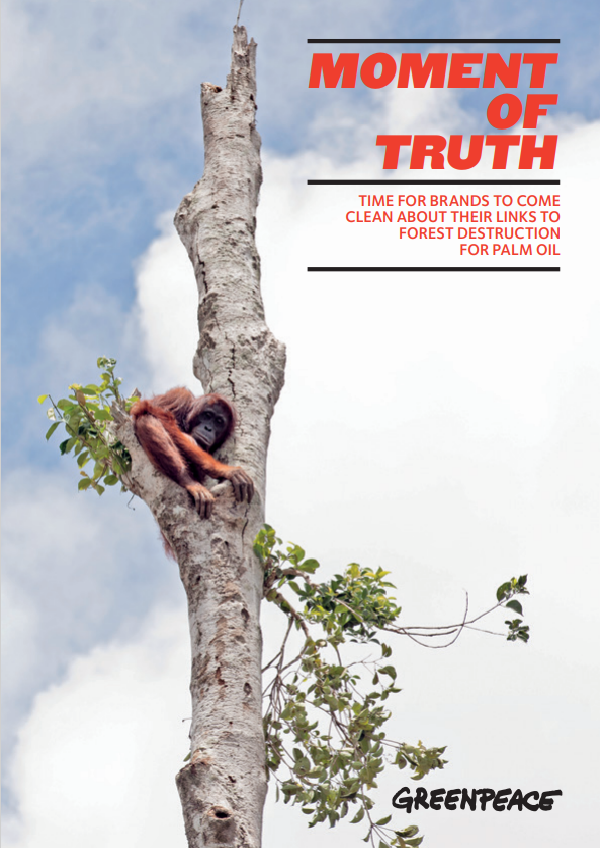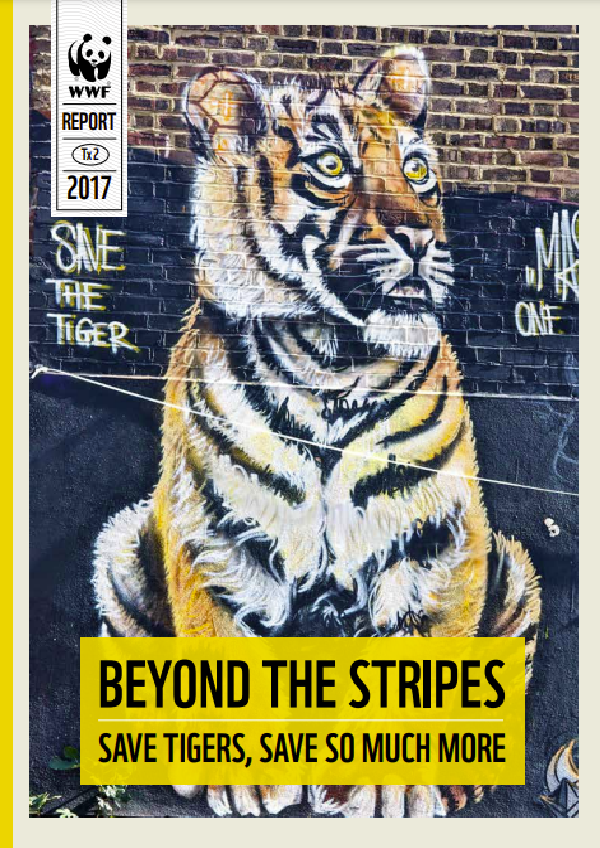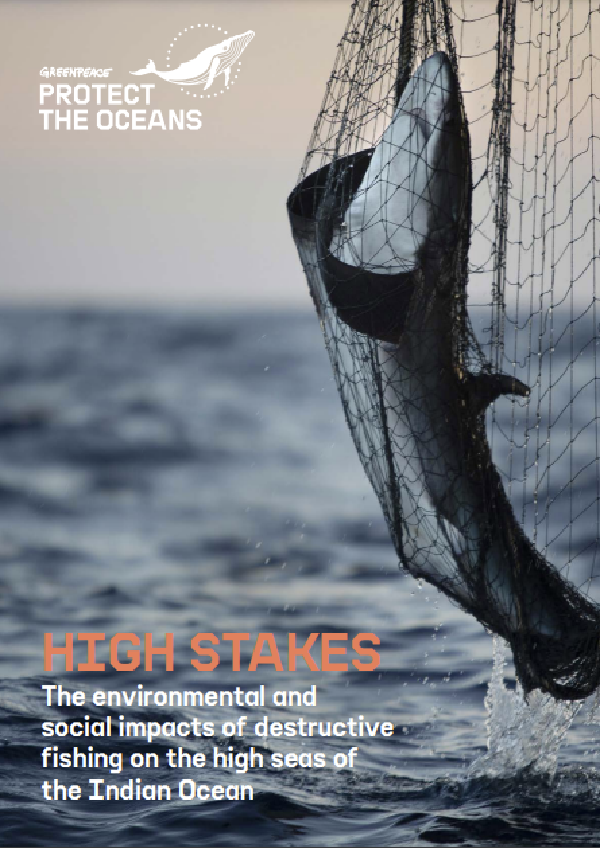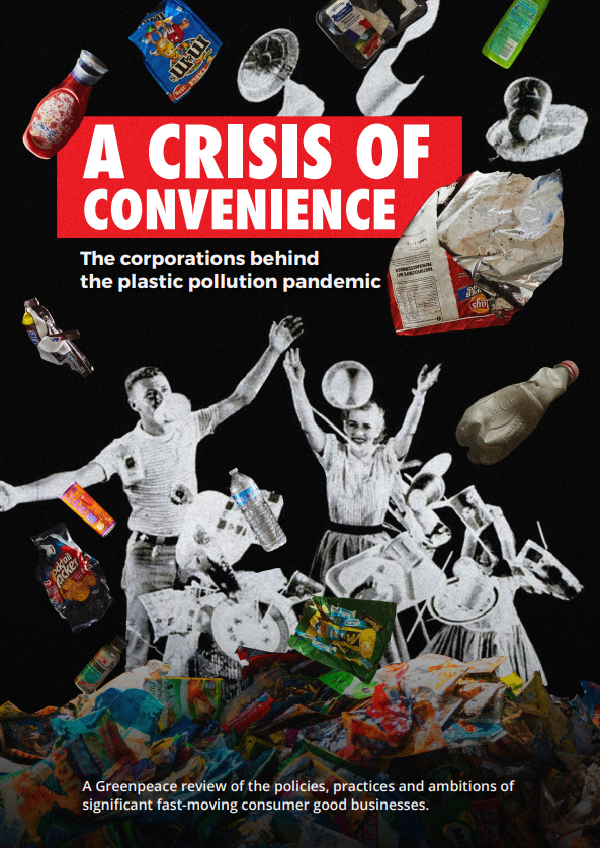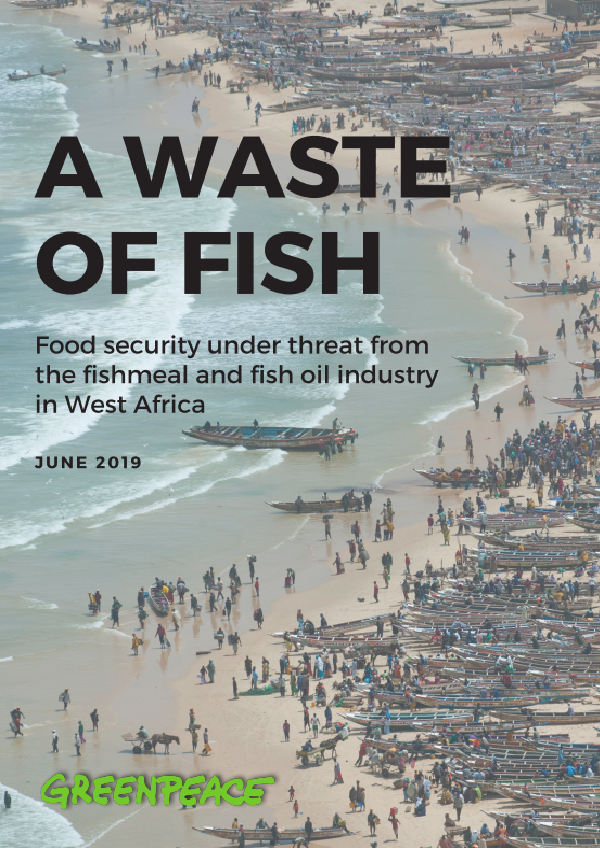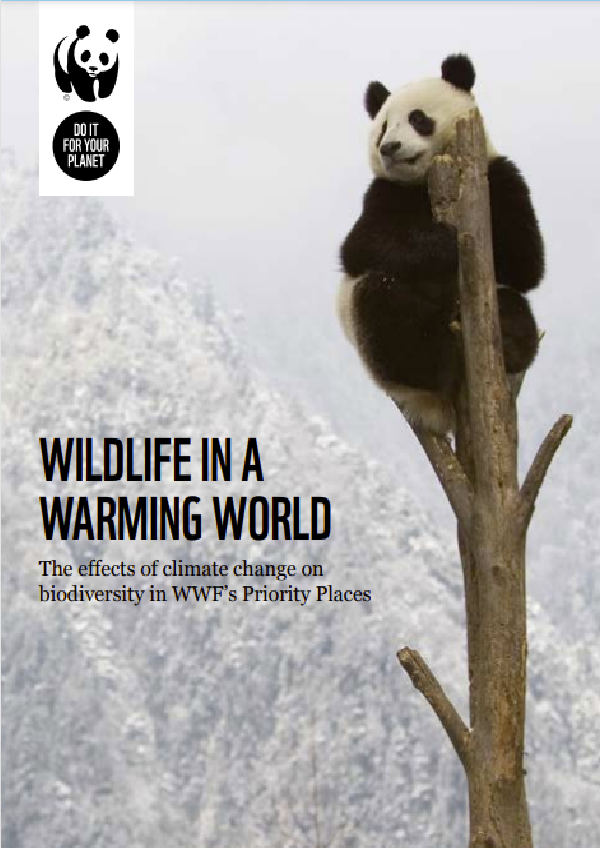Investigations by Greenpeace have shown industrial fishing fleets using destructive bottom trawling are invading previously pristine areas of the Barents Sea in the Norwegian Arctic.
As climate change steadily diminishes the extent and annual duration of the sea ice, this and other areas of the Arctic Ocean that were previously ice-covered for all or much of the year are becoming accessible to commercial exploitation. Sea ice loss in the northern Barents Sea is turning it into a new hunting ground for industrial fishing. Fishing brings with it the threats of habitat degradation and bycatch, potentially wiping out marine life and putting this whole fragile ecosystem at risk.
A groundbreaking Greenpeace investigation focused on part of the Norwegian Barents Sea, including an analysis of vessel movements over three years to September 2015, has shown that large numbers of fishing vessels from companies with a global reach have been advancing into areas previously covered by ice.
These companies feed a network of processors, exporters, and distributors that supply seafood to markets in Europe, Asia, and North America, including major supermarkets and household name fish brands as well as the popular UK fish and chip trade.
The fishing companies and processors involved pride themselves on operating in or sourcing from a well-managed fishery – a pride shared by the Norwegian government. Indeed, the Barents Sea cod stock is one of the healthiest cod stocks in the world.
Yet the largely unexplored and vulnerable northern part of the Barents Sea ecosystem is at the mercy of destructive fishing practices, due to the current lack of action to protect it by the Norwegian government or the fishing and processing companies.
As well-known food brands and retailers around the globe, whose reputations rely on responsible sourcing, realize that their supply chains are at risk of being tainted with Arctic destruction, Greenpeace calls on them to bring pressure on the Norwegian government and the fishing companies involved to leave these pristine waters alone.
There are a number of major ecosystems worldwide that are still little affected by human activity, where it is not too late to turn the tide of our unprecedented impacts on the global climate and the biosphere. For the time being, the Arctic marine ecosystem is one of these. However, climate change is already affecting the Arctic heavily, with the rate of warming in the region twice the global average. This warming is causing the extent and duration of sea ice cover to diminish. In January 2016 the Arctic sea ice extent was the lowest in the satellite record, influenced by unusually high air temperatures over the Arctic Ocean. The effects of the warming are visible on land too: permafrost is thawing, glaciers are melting and the massive Greenland Ice Sheet is losing ice at record rates. Moreover, as well as driving global warming, increased atmospheric carbon dioxide levels resulting from human activity are leading to seawater in the Arctic and elsewhere becoming more acidic as it absorbs the excess carbon dioxide.
Source: Greenpeace (http://www.greenpeace.org)
